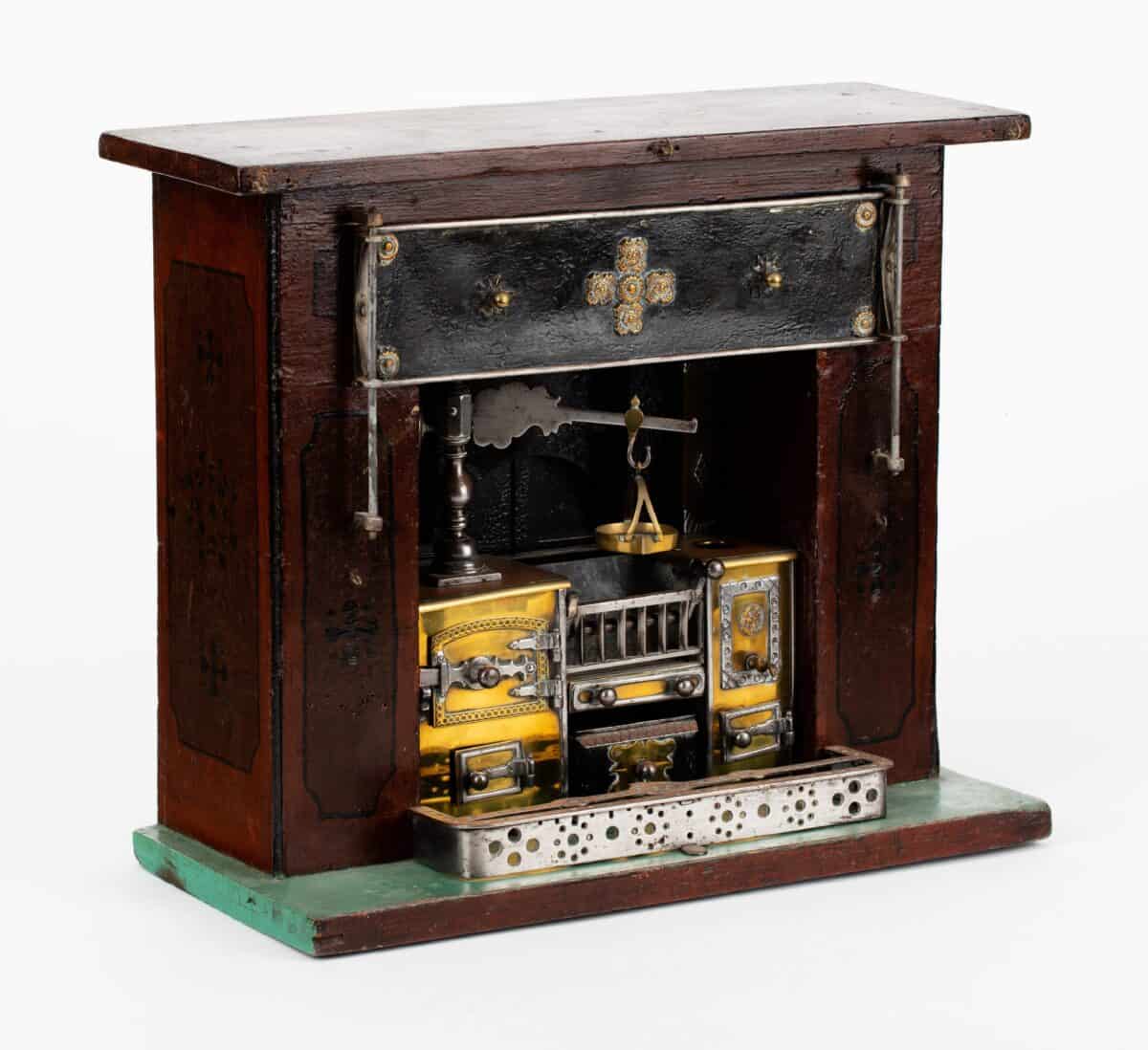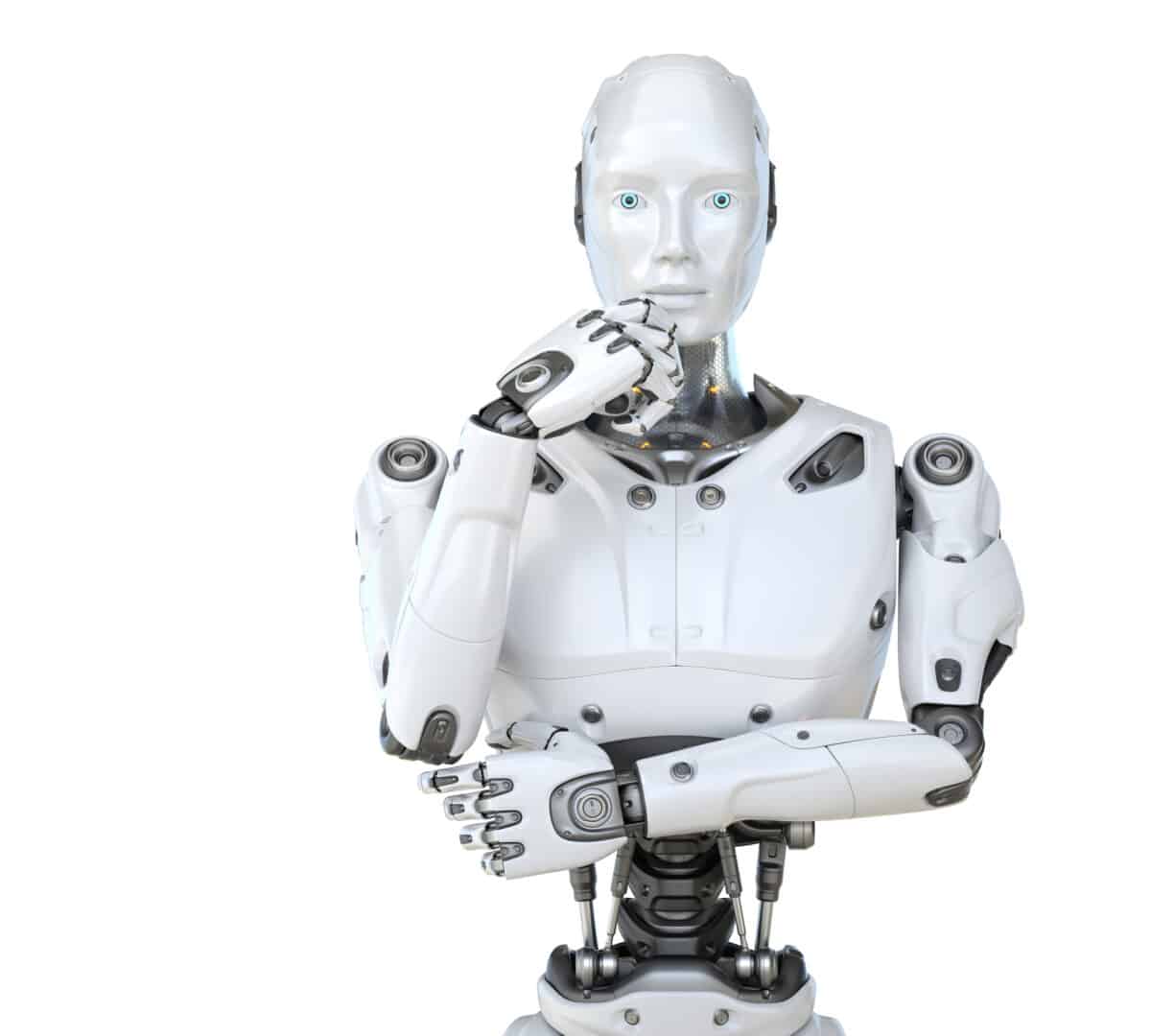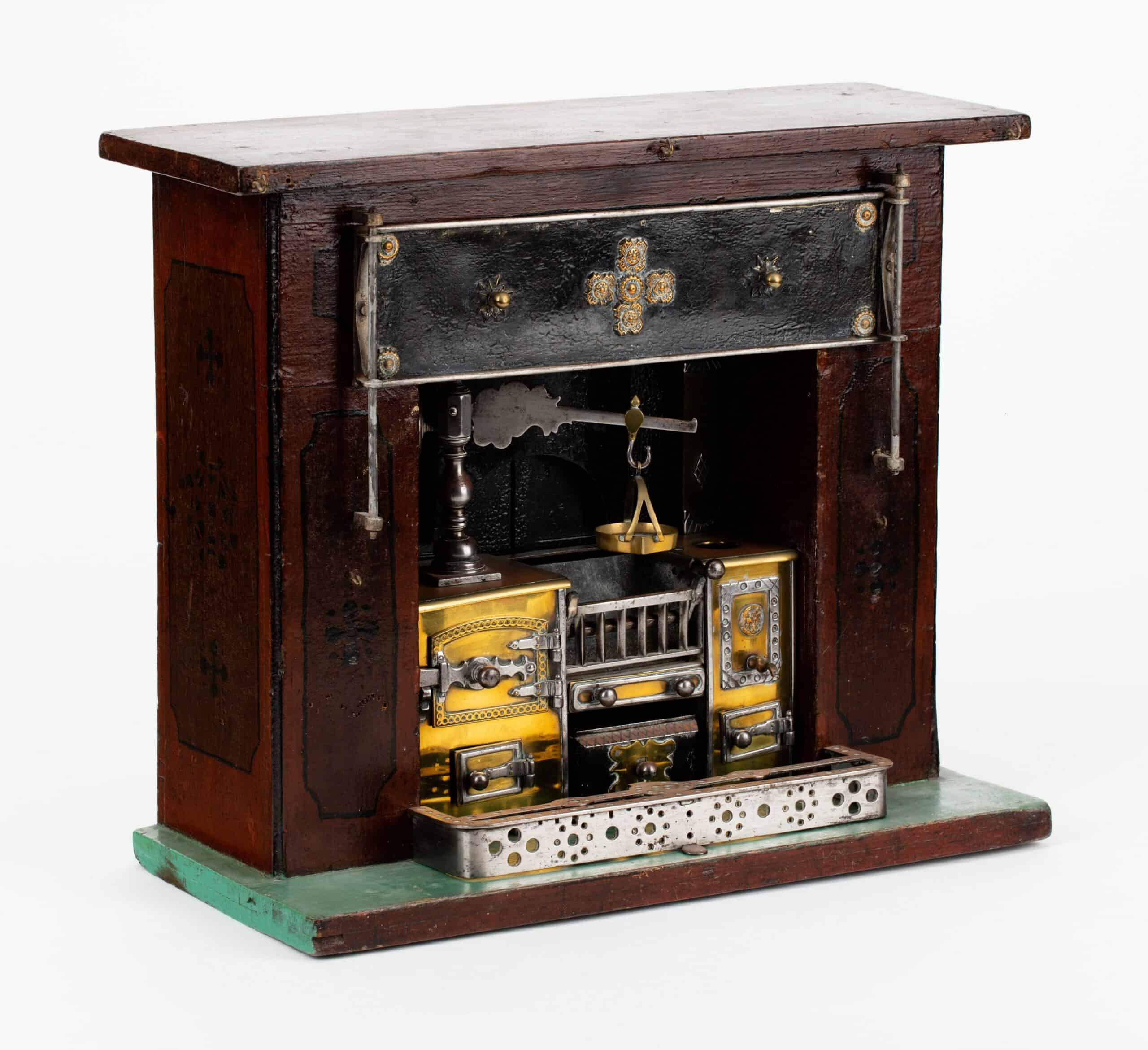Key Points:
- An automaton is a self-operating machine that follows a predetermined sequence of instructions and operations.
- The four types of automatons are: finite state machine, pushdown machine, turing machine, and linear bounded.
- Some applications of modern automata include robotics applications, spell checkers and text editors, use of AI, and genetic programming.
Automata is the study and understanding of abstract machines. Automata deals with logical computation, with the basic theories regarding automata helping scientists figure out how machines solve and compute problems. This particular field is actually considered a branch of computer science since the history of both have similar backgrounds. Automata has continued to evolve in regards to its overall function as well as specialized functions in the field of science and mathematics.
An automaton is a machine that is relatively self-operating, following a predetermined sequence of instructions and operations. There are many examples of simple and basic automata in our everyday world. A bellstriker, for example is a part of a mechanical clock that gives the illusion that is operating on its own power. Another example is automated puppets that look like animals or humans that are moving. Clocks and puppets are examples that have been around for centuries. A more modern example of automata is how android technology operates.

This antique automaton is a steampunk artifact that illustrates the facets of automata.
©LaMony Betty/Shutterstock.com
Automata: An Exact Definition
The word automata is the Latinization of the Greek word αὐτόματον, which means acting of one’s own will. An Automata is a self-operating machine that is designed to respond to and follow specific instructions. Automata is considered the plural of automaton. It is set up or programmed to follow a prescribed set of instructions or sequencing.
Automata is generally a mechanical device with movement. Cuckoo clocks are examples of automaton. This type of machine or device is sometimes built to resemble a human or even an animal. They are constructed to look and act self-powered, in spite of having several mechanical systems. Robots are another example of automata programed to mimic human movement and activity. Automata give the illusion of operating by their own power even though they are comprised of only mechanical programs and systems.
How Does Automata Work?
Automata works when it is given a particular set of orders, distinct facts, or what are often called inputs. Inputs are the sequences of symbols that are selected from a finite set of input signals. The automaton will then work a prescribed or predetermined way each time. Different automata will perform their functions in different ways, depending on the type. There are four specific areas or types of automaton. They include the following:
- Finite State Machine – Finite state machines are computation models that are ideal for a small amount of memory. They also don’t maintain memory. The primary application is in regards to mathematical problem analysis. A finite state machine is considered the simplest of all types of automata.
- Pushdown Machine – These are finite state machines that are augmented with extra memory in what is called a stack. New elements are pushed into the stack. These machines can do more than a finite machine, but not as much as a Turing machine.
- Turing Machine – This type of automata is the most advanced. It is capable of changing symbols and simulating computer storage and execution. High performance computing, machine learning, and software testing are examples that involve the complexity of Turing machines. Turing machines were one of the first foundational models that led to what is modern computer science.
- Linear Bounded – This is considered a restricted type of Turing machine. Computation is restricted and operates within a finite, bounded area.
How Do you Create Automata
Creating automata is not that difficult since there are several options available. Simple, or finite-state machine, automata are the easiest to create. Building automation is an excellent way to explore and understand the workings of machines that include levers, planks and pulleys.
The most basic automata can be built using simple items such as plastic, wood, or cardboard. Other types of items that are often useful when building automata might include drinking straws, bamboo skewers as well as scissors, glue sticks, and paper fasteners. There are several examples and ways to make interesting and educational automata.
There are more complex types of automata including cellular automata. Cellar automata is a large network composed of several simple components. Computer science and a variety of complex systems are examples of cellar automata. Complex automata examples include understanding coral growth and snow deposition and erosion.
Where Did Automata Originate?
Automata has been around since the time the early Egyptians built a statue of the King of Ethiopia near Thebes. This particular statute made a melodious sound when the sun’s rays struck it at the precious location during sunrise and sunset.
Chinese mechanical engineer, Yan Shi created a life-size human-shaped automata around 1000 BC. King Mu of Zhou Dynasty was so amazed by this automata that the legend states it was taken apart in front of him to prove it wasn’t a real person. According to Jewish tradition, even King Solomon used his wisdom to build mechanical devices.
In modern history, examples include both Greeks and Romans who built a variety of intriguing mechanical devices. Current automata can be seen in everything from fun mechanical toys for children to the machinery in clocks and even complex computer science programs.

Robots are a type of automata.
©iStock.com/iLexx
What Are the Applications of Automata?
There are several practical applications for automata. With advancing automation and computer science there are an increasing number of machines that demonstrate modern automata. Automata is now even used for software verification and structured data. Some of the applications of modern automata are the following:
- Spell Checkers and Text Editors
- Designing Sequential Circuits
- Implementation of Various Stack Applications
- Use in Geometric Programing
- Robotics Applications
- Use of Artificial Intelligence
- Genetic Programming
Examples of Automata In the Real World
Automata and simple automation can be found in everyday objects. The following are a few basic examples:
Ratchet – A ratchet is a form of gearing with a wheel or a bar. The wheel might have angled teeth in which the cog, or tooth, creates motion in one direction.
Pulley – A pulley will normally include a rope, with effort exerted on one end while a load or a weight is lifted on the other side. Elevators and many types of exercise equipment are examples of pulleys.
Lever – This is one of the most basic simple machines with a fulcrum in the middle and a load on one side and force or effort on the other. A seesaw and a wheelbarrow are two examples of a simple lever.
From the bellstriker to computerized inventions, we now have several modern and complex examples of automata, include the following:
Vending Machines – This involves automation that dispense certain items after buttons are pushed or levers pulled. This type of machine is considered a finite state automata.

Vending machines are examples of practical application of automata technology.
©iStock.com/cagkansayin
Video Games – Video games are created with a sequence of instructions. Players play the game according to these instructions to achieve the desired results.
The facts, theories, and modern examples of automata are fascinating to explore. Throughout history, elaborate clocks, beautiful bellstrikers, and charming life-like puppets have provided the mathematical and scientific background that has contributed to complex computer science and the field of robotics.
Some of the inventors of calculating devices, mentioned in other sections of this site, like Leonardo da Vinci, Athanasius Kircher, Leonardo Torres, etc., designed also automatic machines. Other computer pioneers, such as Charles Babbage, used some elements from automata in their machines. That’s why the automatic machines (automata) deserve a separate section in this site:
Up Next…
- Boston Dynamics: The Company With Earth’s Most Terrifying Robots If you want a taste of AI on steroids, learn about the company that is creating some terrifying robots.
- Meet Salomon de Caus – Complete Biography, History, and Inventions Discover facts about Salomon de Caus, such as his creation of unique automatons.
- The Best First 10 Apps to Download on Your New PC So you’ve bought a new PC. Here’s guide to the top 10 apps you’ll want to make sure you download to get it up and running.
The image featured at the top of this post is ©LaMony Betty/Shutterstock.com.


